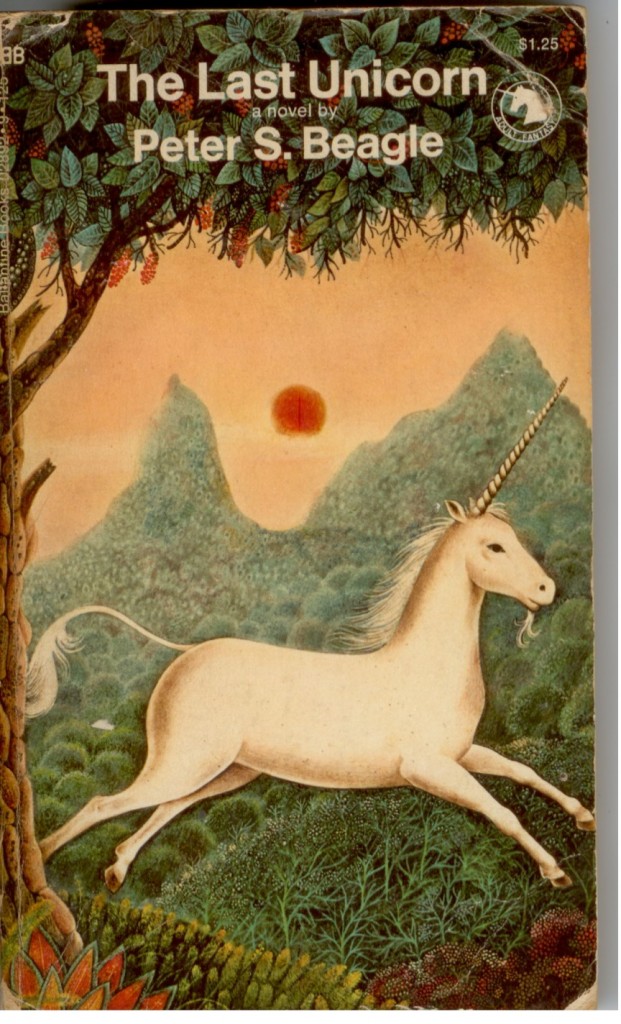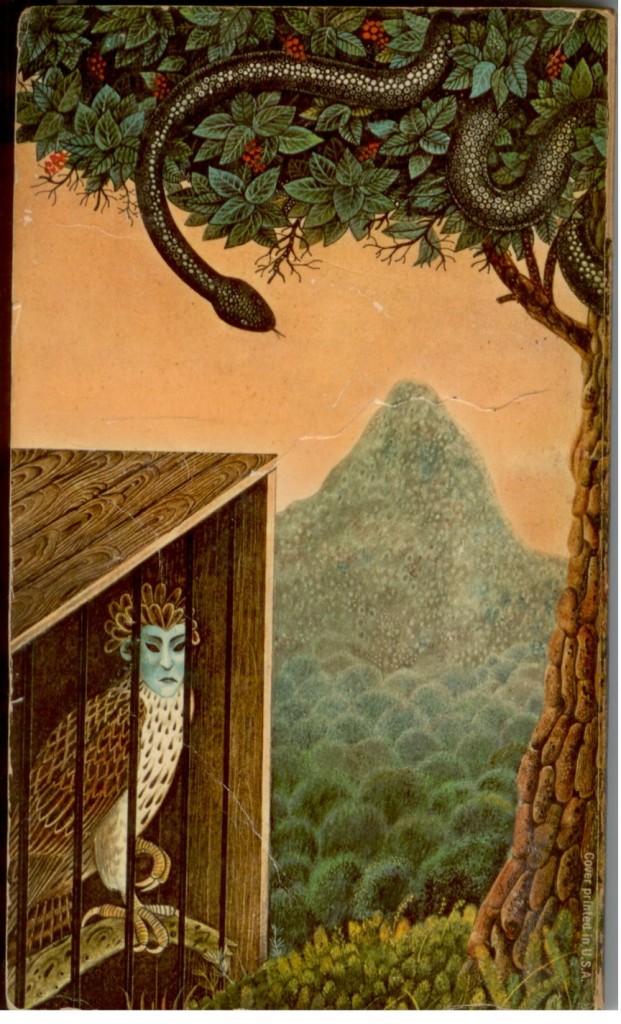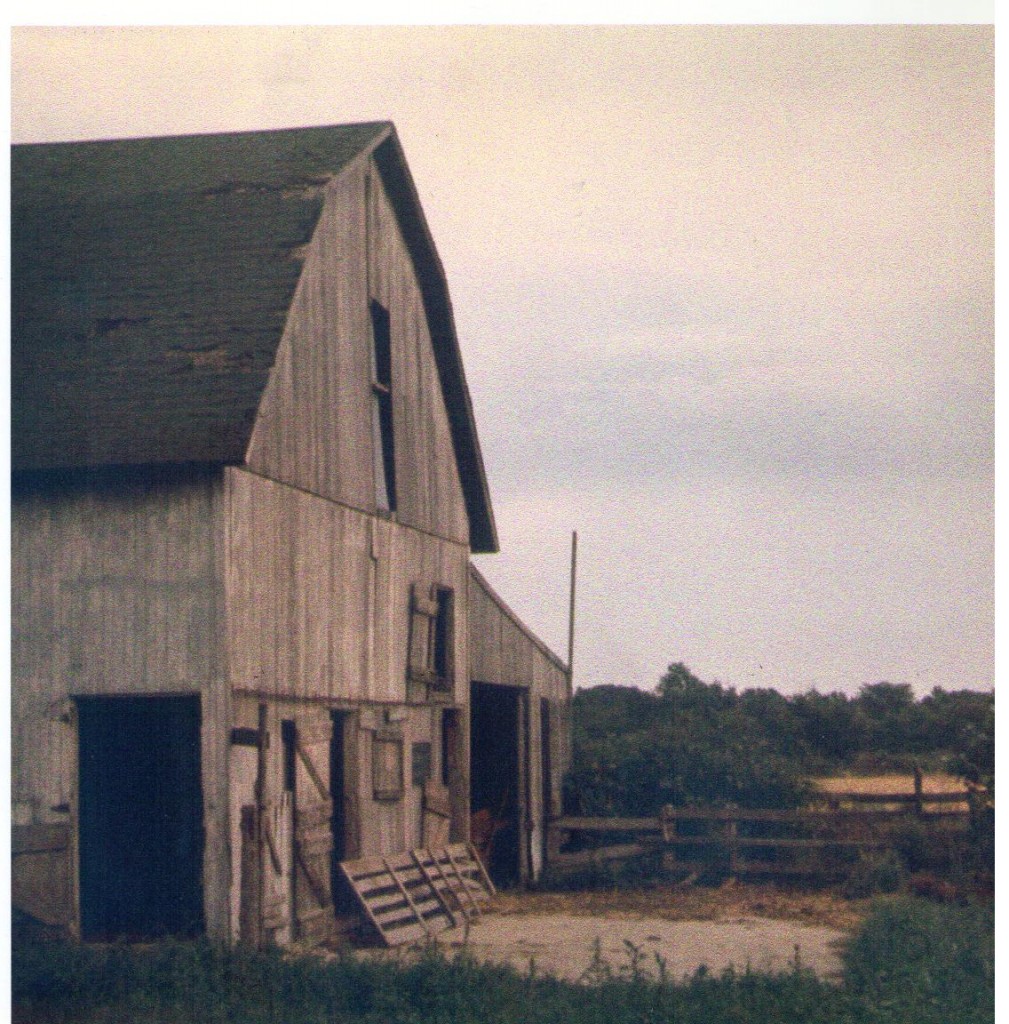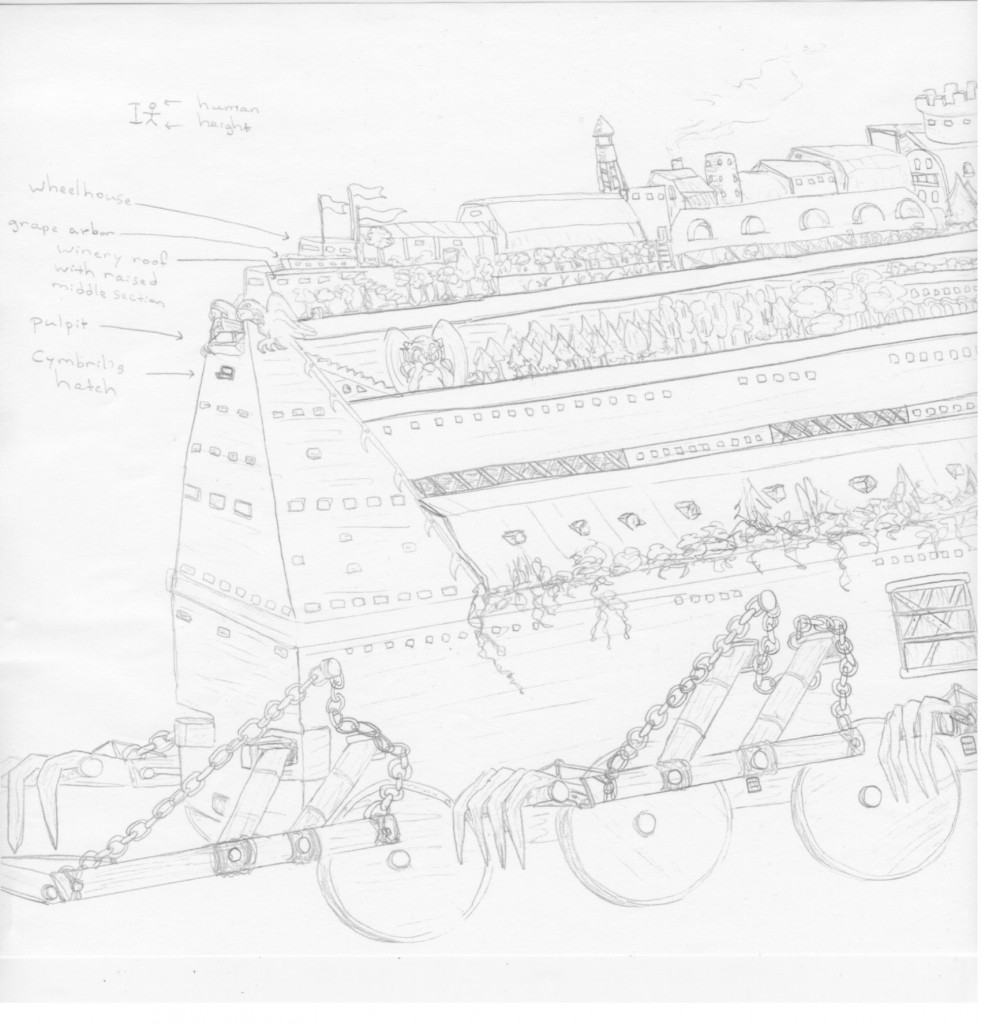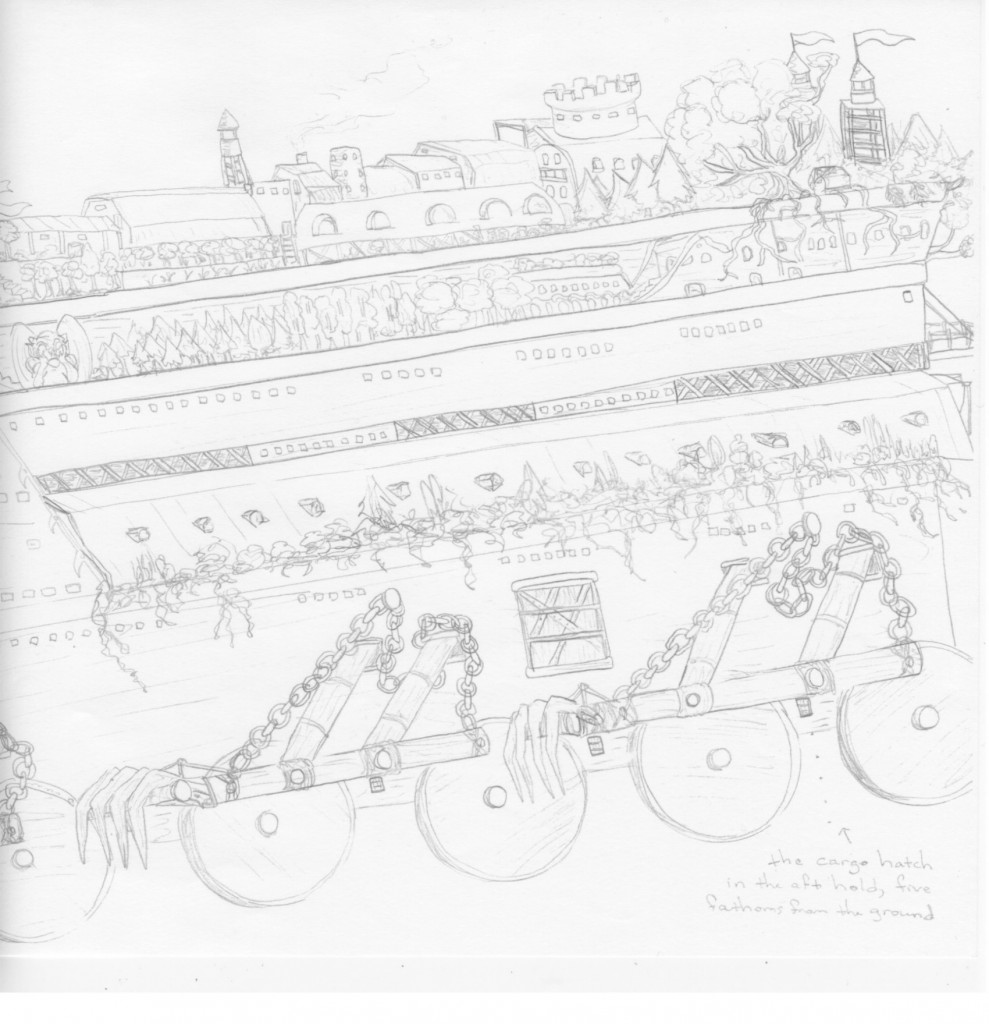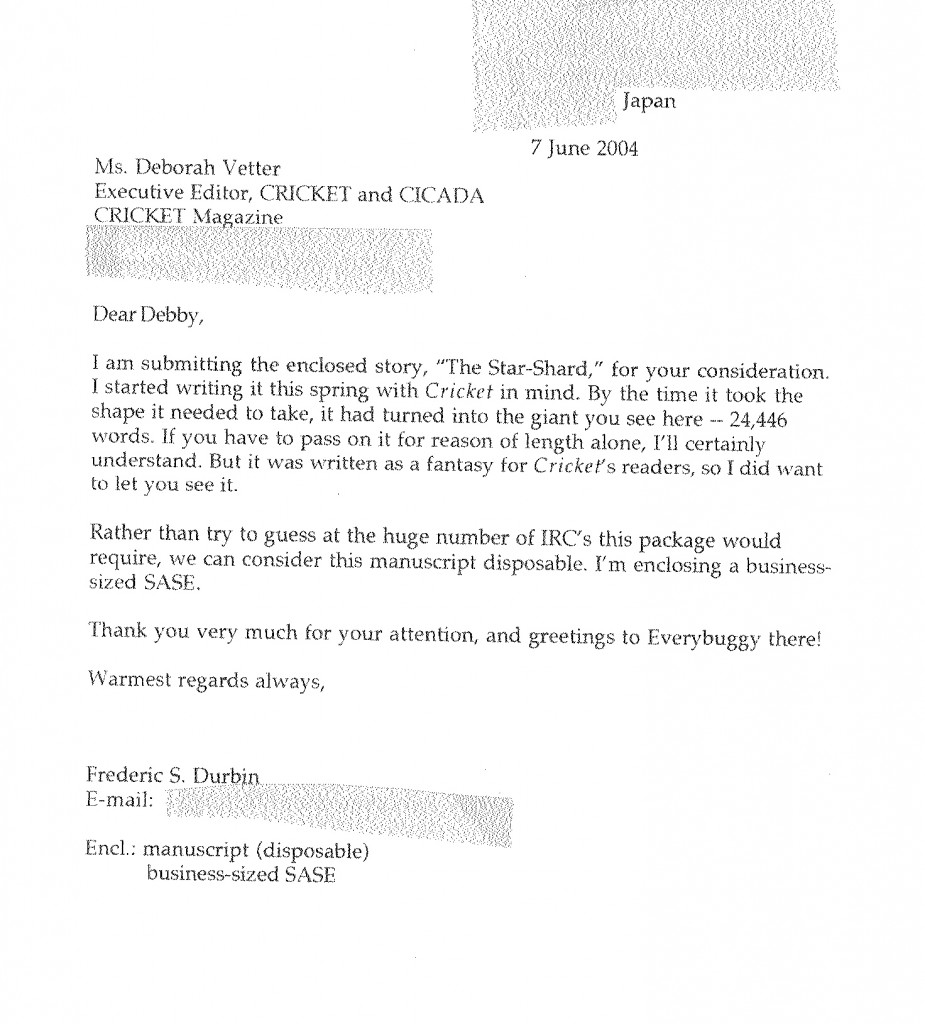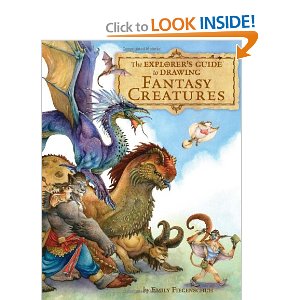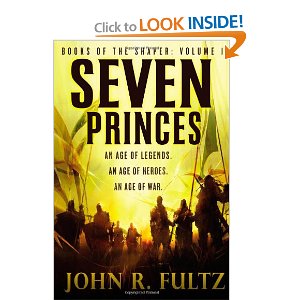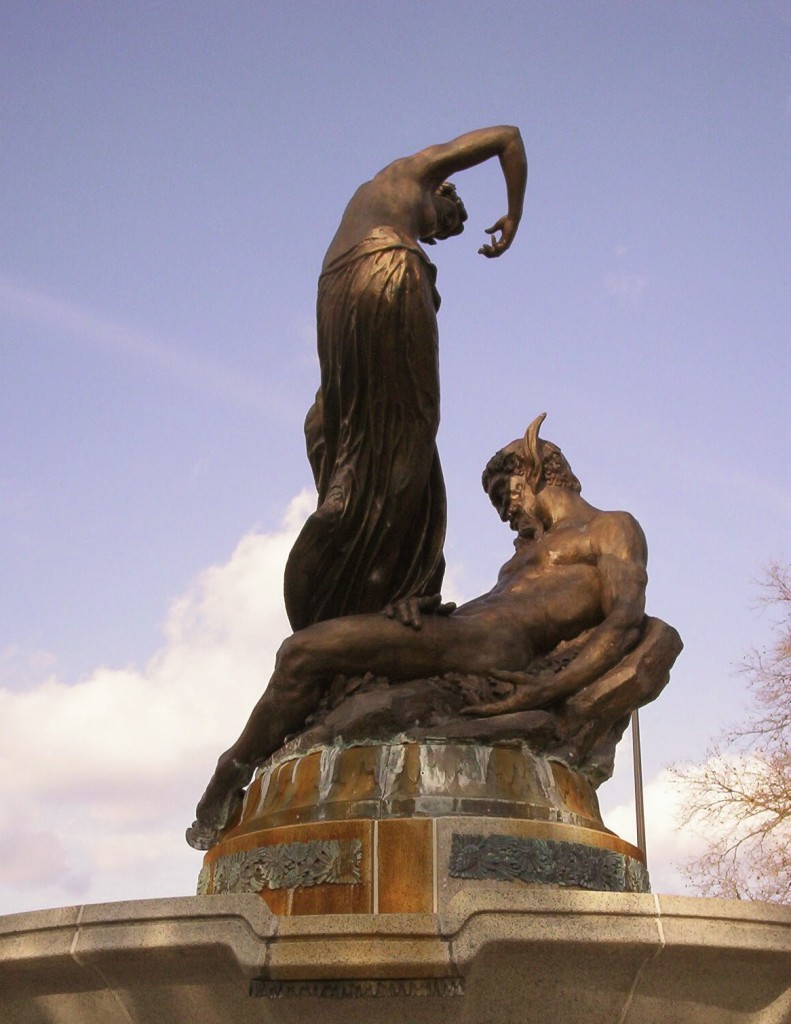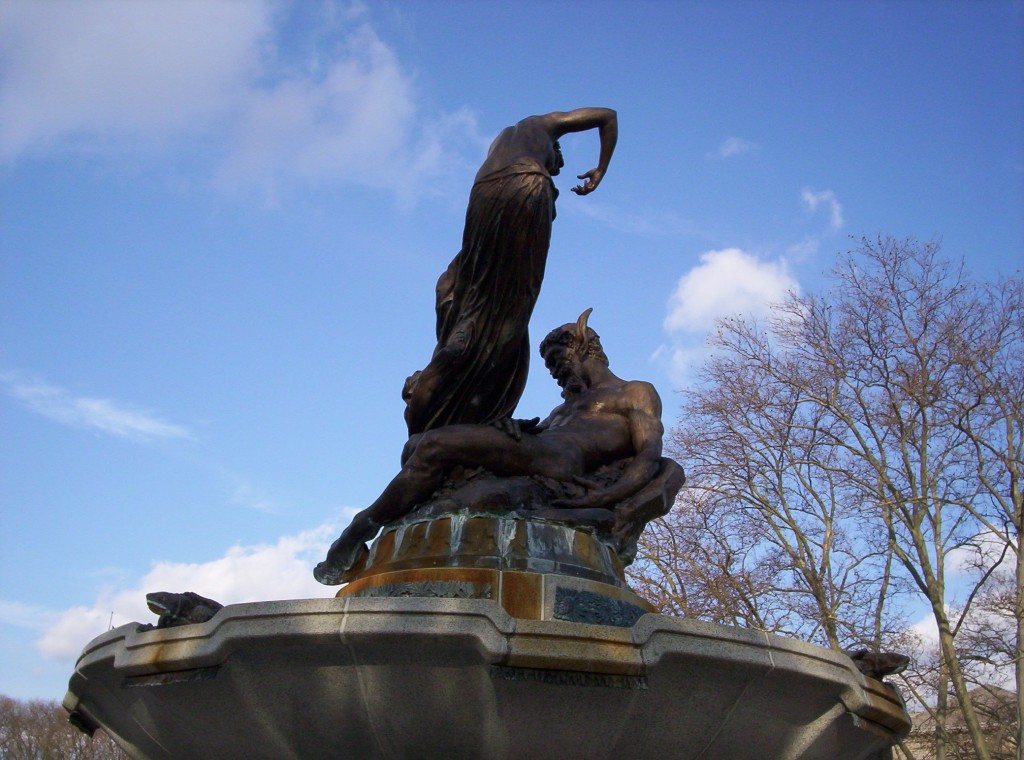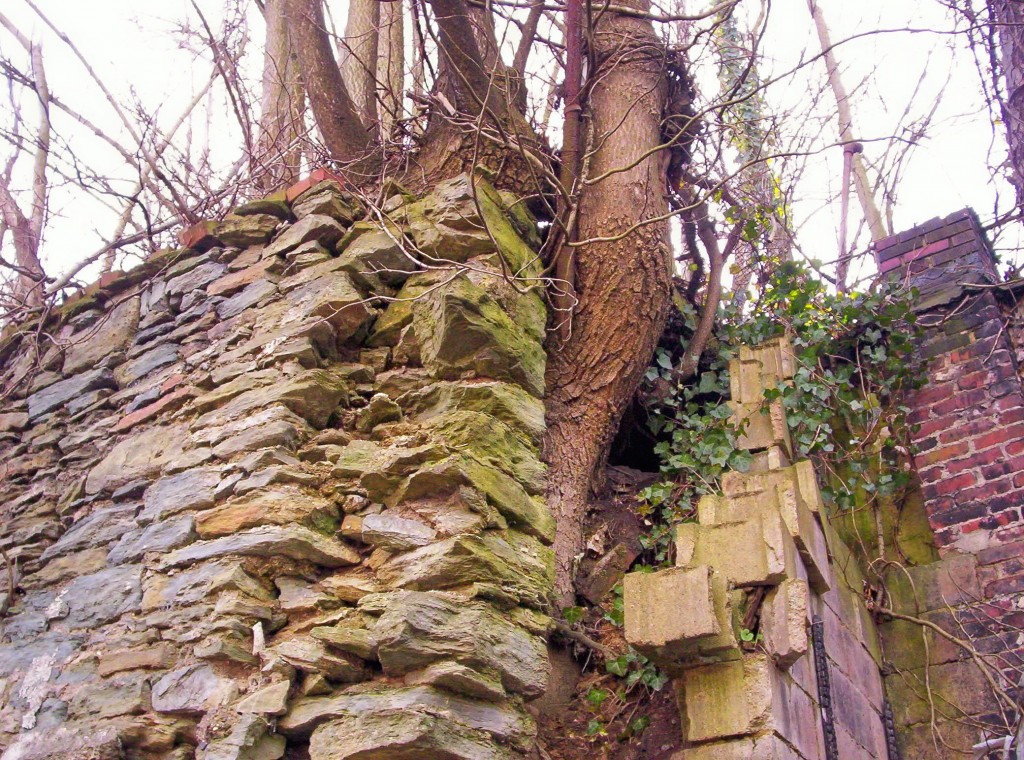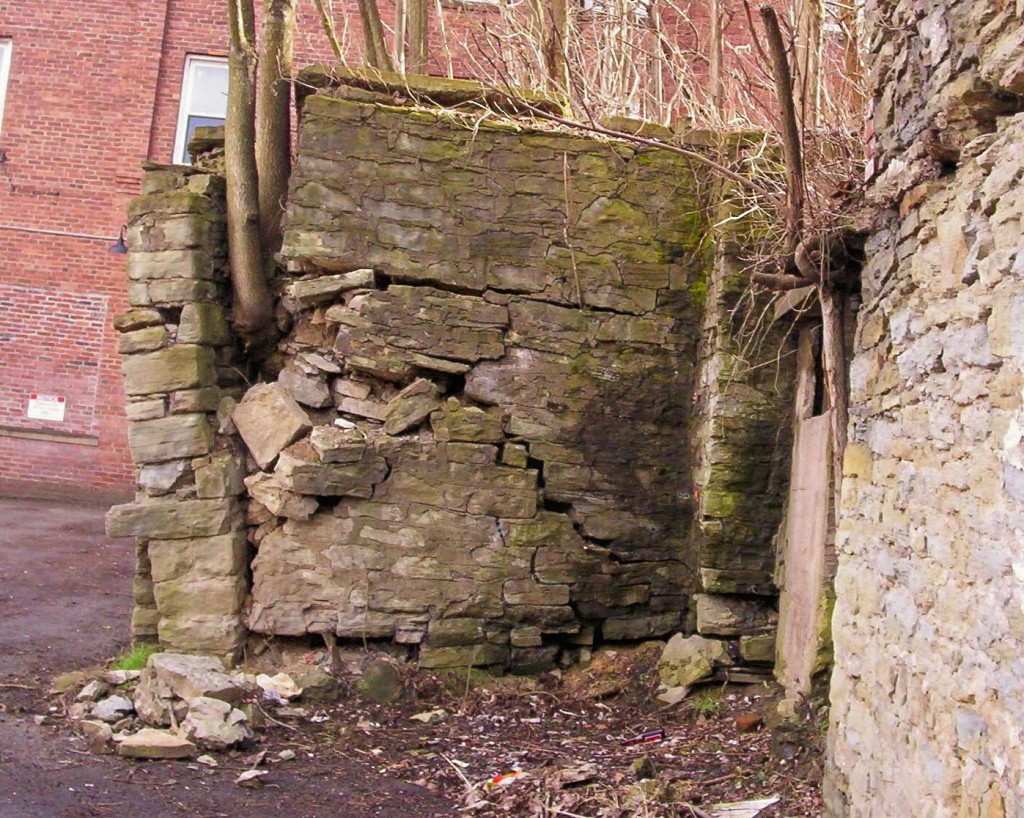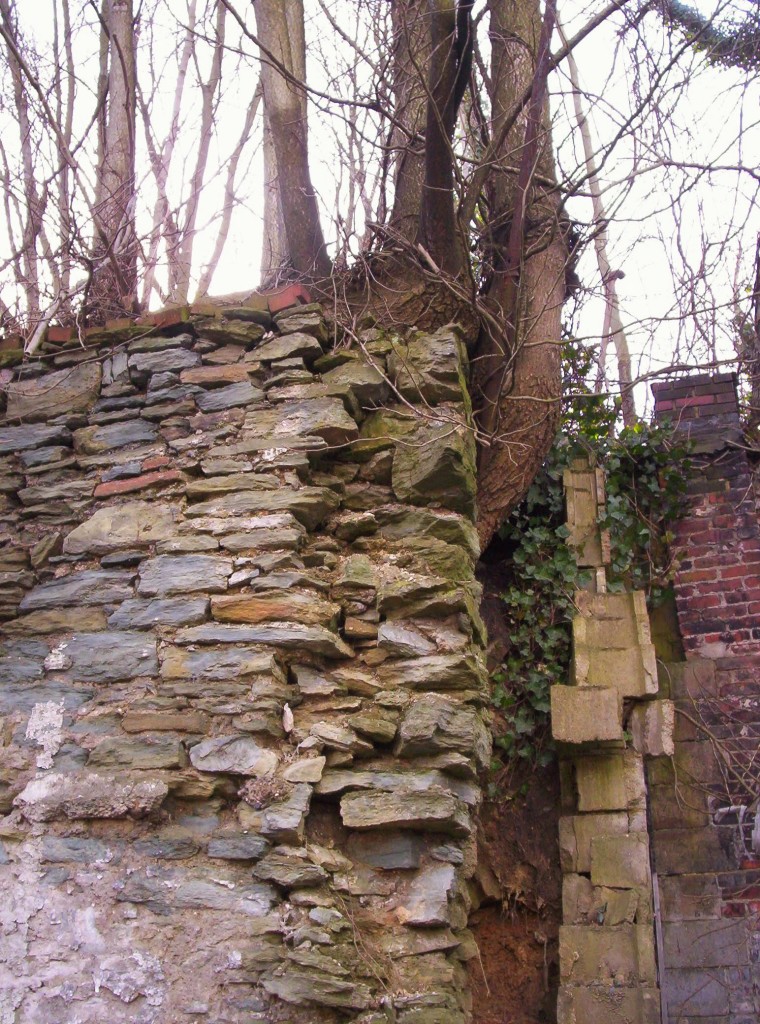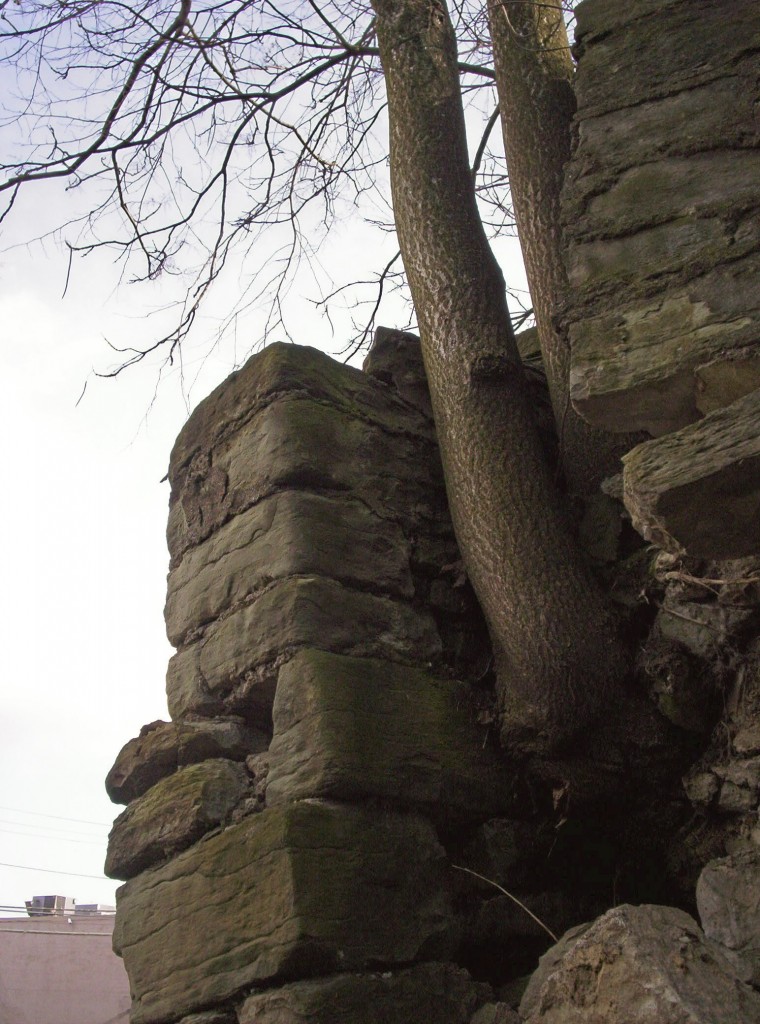Welcome back to the week-long celebration of The Star Shard — the novel just released and in stores now, and the story that inspired it, which ran as a series in Cricket Magazine from April 2008 – April 2009. This week of reminiscence and celebration is also going on over at http://fabledearth.blogspot.com/, the blog of Emily Fiegenschuh, the artist who illustrated the story in Cricket. Be sure to visit Emily’s website, too, for a full gallery of her work, including a special section devoted to “The Star Shard.”
As we reach the halfway point in this week, I thought it might be a good idea to look back to the time eight years ago when the idea for this story first found me, and when I began writing what would become the Cricket series. Fortunately, at that time I was keeping a daily journal, so I can pinpoint the precise dates and tell you something about what my life was like then. Can you recall what you were doing eight years ago? As it happens, it was right around this same time, in the very early spring . . . that’s when “The Star Shard” was born!
I lived in Japan, teaching English (ESL) and writing at Niigata University. Here are some highlights from my journal entry for Wednesday, February 25, 2004:
Productive day, by grace! Chapter 5 (of a yet-unpublished novel) is printed in Courier! Beautiful, sunny weather, and not too cold. Now I’m halfway through Chapter 15, and everything is done through Chapter 14! . . . I walked for 70 minutes, to Bandai City and back. I got up once at 9:00 a.m. . . . Then I went back to bed, shut off my alarm when it rang, and slept until noon! (I’d been up till after 4:30 a.m., getting all of the book safely stored with each chapter on 2 separate disks.) I read some of Writer’s Digest during a solitary lunch: bread with peanut butter and blueberry jam, Granola cereal, and Reese’s Peanut Butter Cups. Washed dishes. . . . I worked at the big computer — finished keying in revisions to Chapter 5, printed it out in Courier, and started Chapter 15. Now everything is done through Chapter 14. . . . I walked to Bandai City. I’d hoped to check e-mail, but the computers at the Media Cafe were being used. I stopped in at Kinokuniya (a huge bookstore chain), checked the Cafe again, & came home. Very pleasant weather! As I walked, I started getting inspired for a Cricket story — ideas started flowing!. . . Helped [friends] get supper ready: pork chops with green mustard, moyashi-itame, German potatoes (with onions & sausage), miso-nattou, gohan, mixed fruits, kaki-no-tane, & a Reese’s Peanut Butter Cup. I washed the dishes. . . . I worked at the table (small computer) and got halfway through the key-ins to Chapter 15. . . . Did e-mail. I gathered up trash very late tonight. Thank You, Lord, for this precious spring break time! Soli Deo Gloria!
So there you have it: the day when “The Star Shard” first found me, during a walk on a balmy day near the end of February, eight years ago!
Now, here’s from the day I actually began writing it, Friday, March 12, 2004. Isn’t that eerie? It’s almost exactly the same time of year as now!
Very blessed day! I started writing “The Star-Shard” for Cricket. [That’s true: I first hyphenated the title, and the Cricket editors suggested we remove the hyphen.] Also sent a letter to Nick which I wrote in the wee hours of the morning. Good weather — sunny and bright. Clear. Thank You, Lord! I walked for an hour, from home to the Mitsukoshi Starbucks along the Shinano River — then went on to the tobacco shop [where a good friend worked]. Bandai Bridge was alight with its golden lights. . . . I got up once at around 8:30 or 9:00 a.m. . . . I dozed at the kotatsu, drinking coffee, and got up at 11:30 a.m. Got dressed. [I love how I claim to have drunk coffee while dozing! This undoubtedly means that I had a nice cup of coffee sitting on the kotatsu as I dozed, and I drank it cold. The kotatsu is a low table, no higher than a coffee table, with electric heating coils on its underside. The hard tabletop is a separate piece from the frame and legs. A big, thick, soft, quilt-like blanket is centered over the frame, touching the tatami-mat floor all around the table and then some, and the tabletop is placed on the top to provide a surface for working, eating, etc. A person sits or lies half-under the table, with the blanket drawn up around the waist or neck. So cozy on winter days and nights! I read most of Neil Gaiman’s Coraline under a kotatsu. It’s one of the things I wish I could have brought back with me from Japan, along with the baths.]
I microwaved some pasta for the first part of lunch, and when I took its container out as plastic trash, I also bought a glazed bread roll and a ham & cheese sandwich at the Daily Store, which I also ate along with McVitie’s. Read an article from my old Writer’s Digest School materials (about how to sell a book). Then I finished up & mailed my letter to Nick (commenting on his story “The Demon in Joe Camel”). I did more printing on the fun, more condensed version of [the novel], which I started [printing] last night (to show various readers). . . . I did some great planning on my new Cricket story “The Star-Shard” and started writing it on the big computer! Lord willing, it will be the best yet! At 5:20 or so, I set out walking & took Starbucks coffee & tea to [some friends], & the 3 of us went to “Goro” for supper . . . Fun! Read FATE. Bath. Soli Deo Gloria!
Lest you think I did nothing but play around and write in Niigata: these days were both during the long spring break that universities in Japan have, which typically run from about the second week in February through all of March. Then the summer break is from about the second week in August through all of September. I loved that, having two long holidays a year. Four months of hard work, two months off, four months of work, two months off . . . It was an ideal schedule for a writer.
A lot has changed in eight years. That’s the time of two Presidencies; I often measure time in Presidencies. My parents have passed on. I’ve relocated, had to learn a lot about being a homeowner and many other troublesome adult things. I moved half a world away from dearest friends and from a job I deeply loved. Japan suffered a devastating tsunami and nuclear disaster. I’ve discovered World Fantasy Conventions during these eight years. I’ve met new friends, not that older friends can ever be replaced. I’ve struggled and grown. I’m less afraid of the future, closer to a state of aequanimitas (Latin for “evenness of mind, especially under stress; right disposition; balance”).
But that’s just me, and what am I? A passing shadow.
But we have The Star Shard now. It ran for a year in Cricket, and thanks to Emily’s illustrations, a lot of young readers liked it. I believe I heard that, to meet popular demand, Cricket sold sets of the magazines in which it appeared. Through Cricket‘s innovation, Emily and I were able to communicate with a great many burgeoning writers and artists. Readers sent in their artwork (which you can still see; go to THE STAR SHARD’s page on this web site, and there are links to the fan art on Cricket’s site). It’s very striking that, in nearly all the fan art, Cymbril has a strand of hair out of place, falling across her face, which is how Emily drew her, and that had a huge impact on kids! At the other extreme, one young artist went with his own concept and drew Rombol as a sea captain, completely uninfluenced by any images he saw in the magazine. I admire and appreciate all these artists — there’s room for every one of their visions!
Cricket ran a writing contest in which readers were encouraged to compose songs that the Urrmsh would sing, and the winners among those were published in the magazine.
The story went through changes, like an adolescent growing up. It expanded and contracted. It was awkward and learned things the hard way.
The Star Shard is now a novel. Also, it has songs in it, as we’ll focus on later this week; one song of Cymbril’s has been interpreted through dance in Japan, and another will be featured in an upcoming choral concert in Massachusetts (see my home page). It’s a wonder to me . . . an absolute wonder . . . how a story can grow so far beyond the little head it first enters, so far beyond the tiny hands that first write it down. As Tennyson wrote, “Our echoes roll from soul to soul.” Artists, art directors, editors, proofreaders, agents, designers, binders, printers, promoters, dancers, composers, flutists, pianists, choristers, other writers, dreamers — and readers — readers far and wide — have all had a hand in The Star Shard. It belongs now to so many more people than just me, and that relieves me greatly.
In my uncertain and transitional time of life, a wise friend recently gave me this advice: “Don’t worry. Breathe deeply the breath of God.” And so I will. There are wonders all around, as these eight years attest. It can begin with taking a walk, and being receptive.
Join us tomorrow for Day 5!

